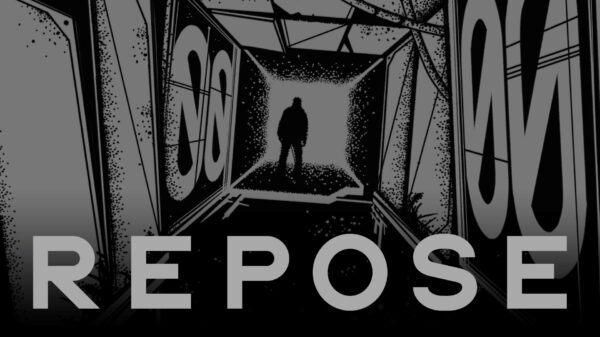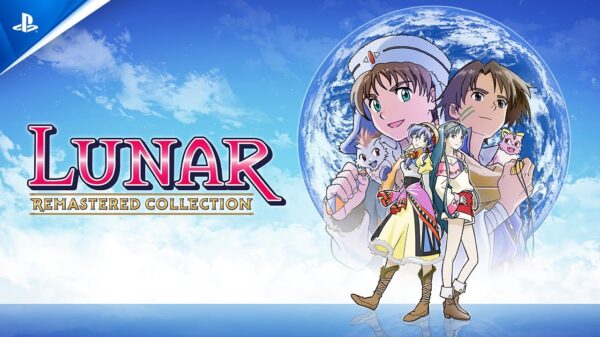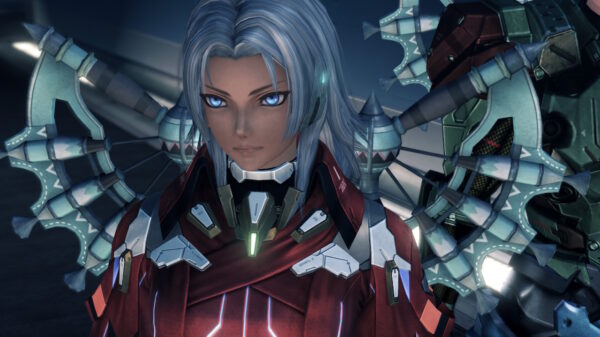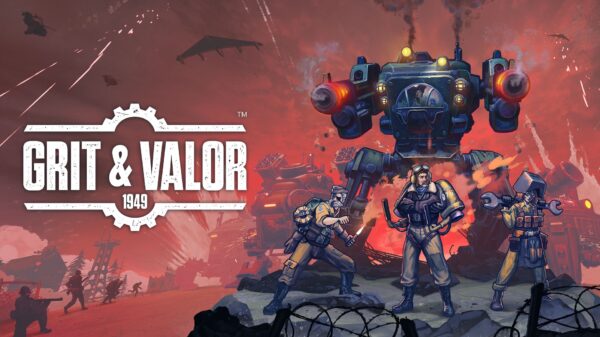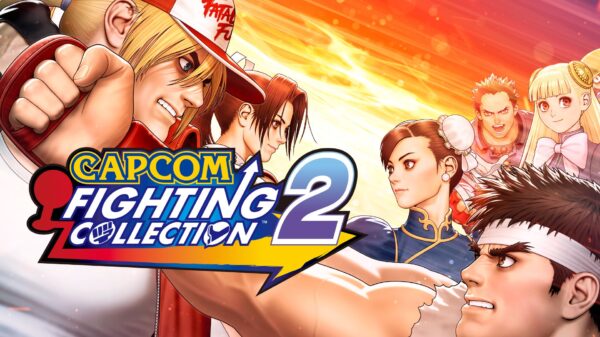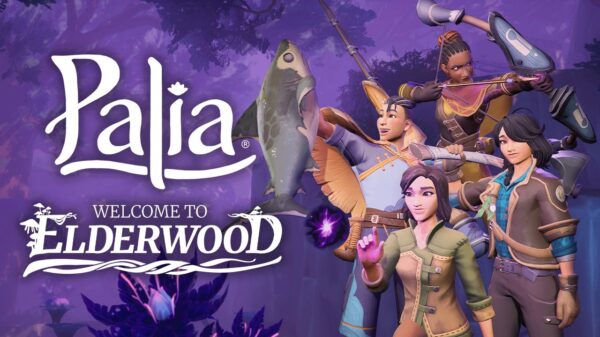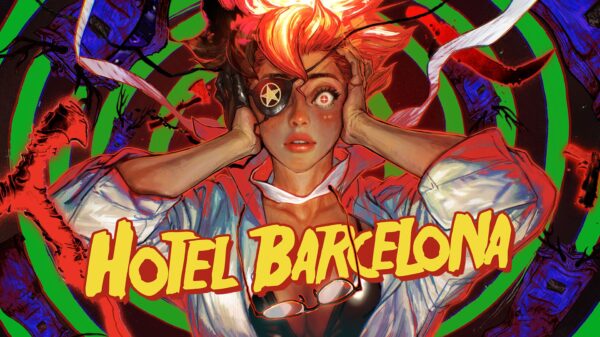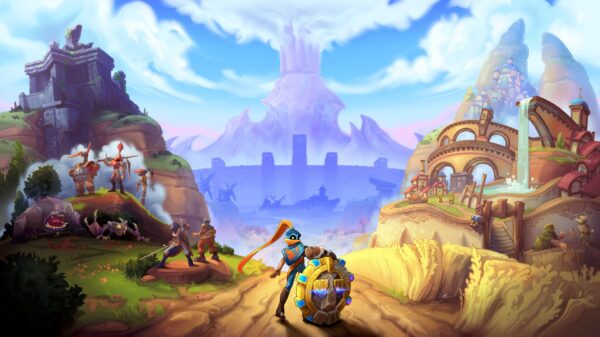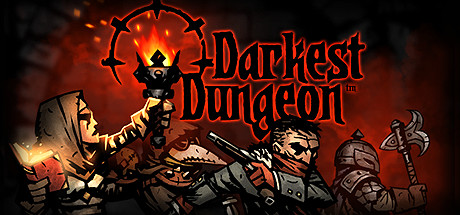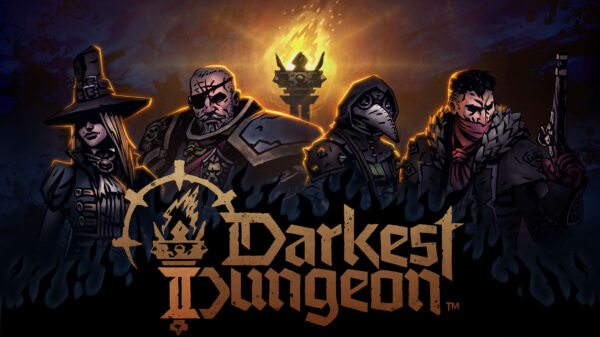Darkest Dungeon is a grim and unique turn-based RPG that explores the emotional toil which adventuring would have on a band of stoic heroes.
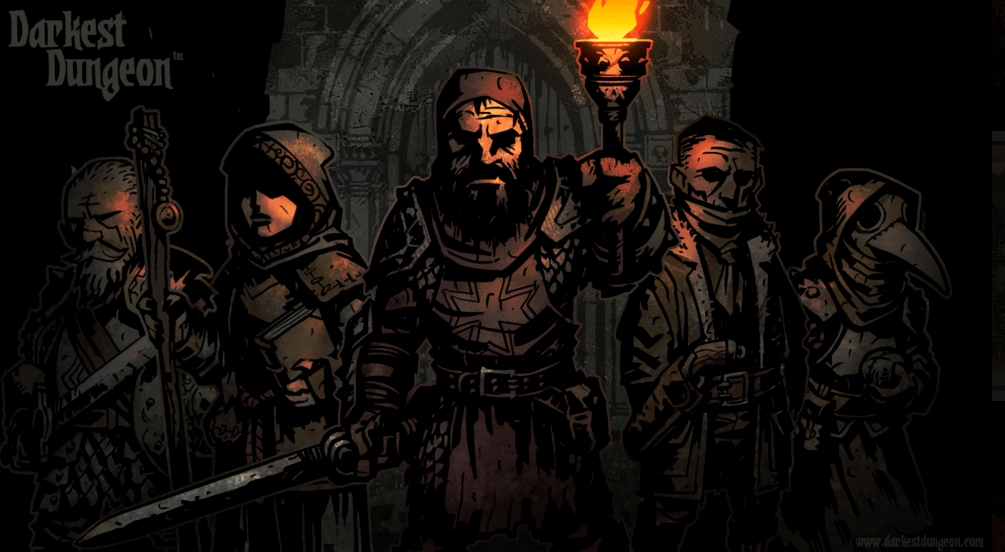
Darkest Dungeon
Developer: Red Hook Studios
Price: $24.99
Platform: PC
To truly understand Darkest Dungeon, you should understand the game creators’ motive: “Why don’t RPGs ever talk about the sword-arm and not the sword?” says Chris Bourassa in an interview about the inspiration to the Kickstarter-backed title in question. “What about the human cost to adventuring?”. So began the development of an Alien and Band Of Brothers inspired gaming experiment culminating into one of the most masterfully unique experiences I’ve seen in years.
If you absolutely must pigeonhole Darkest Dungeon into a genre (which I don’t advise doing), I suppose you could say it’s a blend of turn-based RPG dungeon crawler with elements of rogue-lite-like-lite (this is what we’re calling it now, right?) plus a side of PTSD simulator. Right about now is where you might raise a brow and smugly retort: “Rogue-lite? Turn-based RPG? Dungeon Crawler? Have you seen Steam in the last few years? Those are everywhere!” First off, I said Rogue-lite-like-lite, and second off, I told you not to pigeonhole this game into a genre, because this is one of those rare games which promises to turn the genres on their heads and actually succeeds in doing so, while still resulting in a game that is fun, challenging and fulfilling at the same time.
Your time in Darkest Dungeon will be spent between three segments: the afore-mentioned combat, the dungeon crawling between combat, and the moments spent managing your settlement between dungeon crawling expeditions. I guess there’s also the segment where you navigate the main menu but we can skip that one. These segments are beautifully integrated, and provide a fantastic blend of tension with the occasional breather.
The core game revolves around expeditions. An expedition is essentially a dungeon run where you select one of five dungeons (including the titular Darkest Dungeon) and form a team of four to delve into said dungeon, where you will witness the horrors within and hopefully carry some treasure back out…though usually far more of the former than the latter. Before each expedition, you have the opportunity to both manage your settlement (which I will discuss later) and select your expeditionary party from an ever-expanding roster of unfortunate victims, which you can equip with various trinkets, weapons, armors and abilities. Then you manage a loadout of supplies to purchase for your trip, such as food, shovels, medicine, and well-needed torches. Finally, you hit the big red button prepare to torture your poor unsuspecting group by pitting them against unspeakable eldritch horrors, and a skeleton rabble here and there if you’re lucky.
During the expedition is where the game truly shows its face. In the dungeon crawling segments, you will be crawling the dungeon, navigating between rooms while avoiding traps, collecting treasure or getting randomly maimed by a trap on the treasure. This is where your party begins to freak out, and the game’s stress mechanic comes to form. Along with an HP counter, each character also has a stress counter, which starts at 0 and increases as the character becomes increasingly emotionally unstable. Triggering a trap, fighting a horrific monster, reading an unsettling passage on a bookcase, all these events cause stress. Even as you just walk down the halls, your party accumulates stress as it dreads what it might run into next… and with good reason, because as you crawl the dungeon, you will inevitably encounter a party of enemies, initiating the combat sequence.
The combat sequence is where Darkest Dungeon truly shines. This is no ordinary turn-based combat; in this game, positioning of both you and your enemies is absolutely critical. Each party contains one to four combatants arranged in ranks, with rank one being the front and rank four being the back. Each of your party members has a class-unique selection of four abilities, which can be exchanged for other class-specific abilities.
The critical piece is that each ability has a rank requirement and a rank target. For example, the Vestal can only heal if she is in rank 3 or 4, but she can only use her club if she is in ranks 1 or 2. Similarly, the Vestal’s club can only target enemies that are in ranks 1 or 2, so you will need to complement her presence by having characters with attacks that affect ranks 3 and 4 as well.

Combat tactics and planning are the most essential component of this game
To make matters even more interesting, both your party and the enemy have abilities that can cause movement; your pesky bounty-hunter can use an uppercut to move a tanky skeleton from the second rank to the third, swapping places with the weaker third rank crossbow skeleton which is now in range of your heavy-hitters, and now has to use a bayonet rather than his stronger attacks. Many of your abilities can also cause your characters to shift positions around your own ranks; a grave-robber’s lunge moves her up two ranks, effectively shifting the two characters in front of her back a rank each.
Since enemies themselves have ways of shifting your party position, it’s essential for your squishier characters to have abilities that let them move back to their most effective ranks, as well as for your tanks to have ways to jump back to the front while delivering an attack at the same time. The default “move” ability takes up an entire turn and does no damage, and in this game, one turn can mean the difference between victory and a full party wipe.
The enemies you encounter are local to the selected dungeon: undead in the crypt, pigmen in the warrens, eldritch fungal growths in the weldt (it’s a forest… I had to look it up too), and so on. As a result, each dungeon has an optimal strategy. For example, bleed effects are important for the warrens and the weldt, but the undead in the crypt are immune to it, so leave characters with bleed effects out for expeditions to the crypt. Similarly, characters that can cause plague are great in the crypt because the undead is vulnerable to plague (don’t ask). Certain characters also have attacks with specific bonuses towards enemy types such as beast, unholy or eldritch. Without going into any more depth, you can immediately see how critical party planning is in Darkest Dungeon, with 14 different classes to select from in the roster, each having more than one viable skill setup.

Oh, hello there! Don’t mind us, we were just leaving.
If you manage to complete (or escape from) the expedition, you will usually come out with a bounty of gold, heirlooms and trinkets. You will then return to the settlement, where you can spend gold to purchase gear, abilities and accommodations for your now-forlorn adventurers. These accommodations include trips to the doctor to cure disease, or sessions in the bar, brothel or chapel to heal the stress caused by the expedition.
As for the heirlooms, they serve as currency to permanently upgrade your settlement ala Rogue Legacy. Heirlooms will allow your services, from blacksmith to brothel, to be better and cheaper. This creates a beautiful positive feedback loop causing once-dire expeditions to become more manageable as you progress. To keep the challenge high, dungeons have 3 tiers of difficulty, and as your heroes become stronger, they will refuse to visit earlier difficulty tiers, forcing you to run easier dungeons with your weaker characters in order for them to become strong enough to fight alongside the big boys. However, as you upgrade your settlement, even your rookies become able to handle themselves easily in the early tiers. This causes expeditions into easier dungeons to actually feel like well-needed respite from tougher dungeons, rather than feeling like a grind.

The settlement, where you can let your heroes rest, or gear them for their next expedition
Now you might be wondering why such respite is necessary; well, if Darkest Dungeon manages to shine especially well in one thing other than the combat, it’s in the ability to create dread and suspense for the player. See, the stress in the game is not just a gimmick; it’s a true reflection of the player’s experience. In the game, high stress will cause your heroes to become irrational, skipping turns and causing stress to their allies. At high enough stress levels, your heroes will have a heart attack and die.
For the player, harder dungeons will have you constantly at the edge of the seat, with randomized rolls deciding each turn whether or not your characters will die… forever. A particularly lucky string of turns by a strong enemy combatant, paired with an unlucky set of heal rolls (or a panicking character altogether refusing a heal), and you might find yourself losing an entire party of your most beloved adventurers… forever. This game is neither easy nor forgiving, with or without an upgraded settlement, and the tension may at times come to the cost of serious frustration (and maybe a computer mouse or two). Bosses are especially dread-inducing, often single-handedly wiping your party if you came in with the wrong party or strategy. But when you win, there are few games that can achieve the same sense of victory… and relief.
Thematically, the game is incredible. The art style is sharp and dark, perfectly highlighting the tone. The monsters look terrifying, and small details fill the dungeons with dread, such as the unsettling ambient sound of pigmen squealing when it’s dark and you are out of torches. Darkest Dungeon is a rare example of a game which was great during Early Access, and in its completed form, I can affirm that the creators have created exactly the kind of game that they originally set out to build. As Chris Bourassa said in his interview, “[…] when you actually start thinking about what it would be like to be an adventurer, it would be pretty awful.”
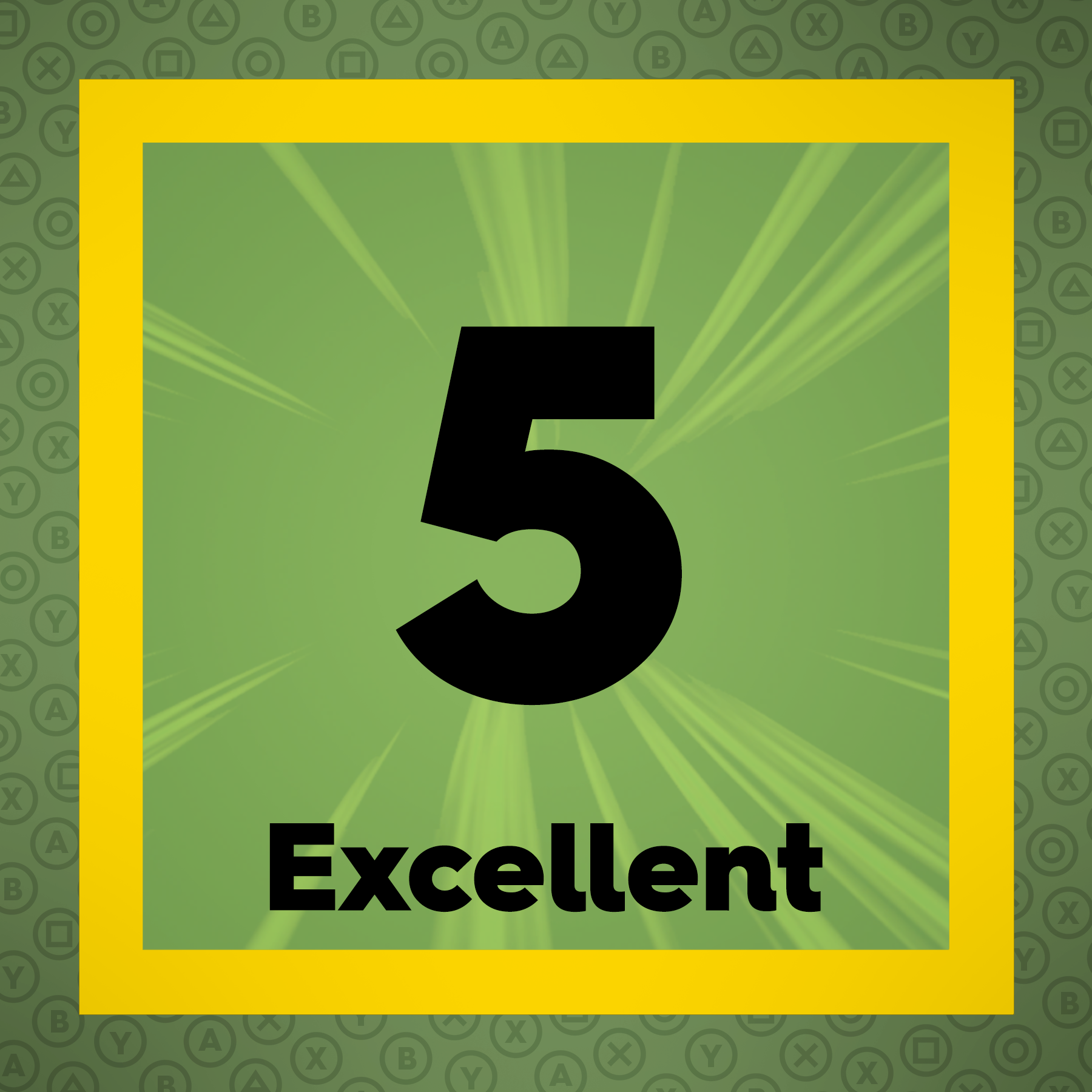 The Final Word
The Final Word
Darkest Dungeon evokes feelings that I have not felt from other games. The tactical gameplay and dark thematic undertones blend perfectly to create an experience that will keep you constantly on the edge of your seat. It’s one of the best games I have played this year, and it stays fresh every time I replay it.
MonsterVine Rating: 5 out of 5 – Excellent

